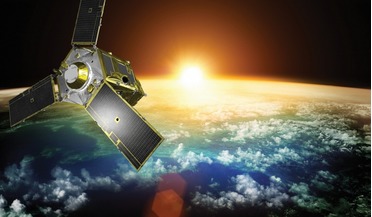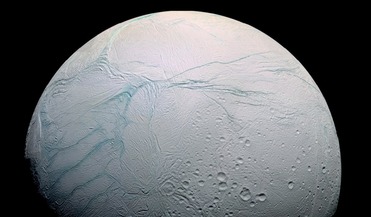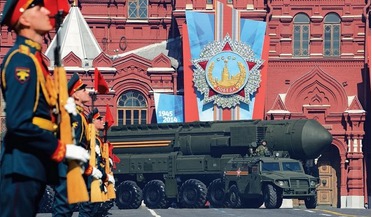 August 2017
Space invaders and the usual suspects - disruptive trends in Earth observation
August 2017
Space invaders and the usual suspects - disruptive trends in Earth observation
... launch, SPOT 1 was tasked with acquiring the first 10 m images after the explosion of Reactor 4 at the Chernobyl nuclear plant in Ukraine. SPOT 1 demonstrated one of the main benefits of commercial remote sensing for intelligence missions: that...
 July 2019
Who owns outer space?
July 2019
Who owns outer space?
... used for rocket propulsion and life support. It also contains helium-3, an isotope that might be used in future nuclear fusion reactors. Asteroids can likewise host an array of valuable materials. Some contain water, organic carbon and...
 October 2018
Looking for life on Enceladus with IceMole
October 2018
Looking for life on Enceladus with IceMole
... would be impractical.This limits the options to either nuclear power sources, or high-performance fuel cells. Microbes ...been taken to protect the Earth from the release of nuclear material during launch accidents and these might be enough to...
 July 2014
In search of strategic stability
July 2014
In search of strategic stability
... an eventuality is not as likely as Hollywood would have us believe, but it is not impossible. As the holders of the two largest nuclear arsenals, Russia and the United States have a particular responsibility, but they don’t seem to be ready for...
 July 2014
Preventing catastrophic impact
July 2014
Preventing catastrophic impact
... has demonstrated that the release of so much energy would lead to catastrophic consequences for the planet, equivalent to a ‘nuclear winter’. The reliability of such modelling was verified in 1994 when pictures were received of the effect of the...
 January 2021
Safeguarding space - lessons from decommissioning in the energy industry
January 2021
Safeguarding space - lessons from decommissioning in the energy industry
... end of their operational lives. The process, known collectively as ‘decommissioning’, is undertaken across the oil and gas, nuclear and even nascent wind-power generation industries. Each industry has its own particular decommissioning protocols...